Observability and digital experience monitoring are crucial components for ensuring that IT systems operate efficiently and provide an excellent user experience. With the increasing complexity of modern IT environments, it is essential to adopt practices that ensure complete visibility of performance and rapid problem resolution. Here are ten best practices to improve observability and monitoring of the digital experience.
- Implement End-to-End Monitoring To ensure a comprehensive view of system performance, it is essential to monitor every step of the user journey, from frontend to backend. End-to-end monitoring tools help identify bottlenecks and performance issues that can impact the user experience.
- Utilize Structured Logs Logs are a valuable source of information for problem resolution. Using structured logs allows for more efficient and automated analysis, making it easier to identify patterns and anomalies. Centralized log management tools can also aggregate and correlate logs from different sources.
- Adopt Metrics-Based Monitoring Performance metrics, such as response time, error rate, and resource utilization, provide a quantitative view of the system’s state. Metrics monitoring tools help track these indicators and configure alerts to detect problems in real-time
- Implement Distributed Tracing In modern architectures, such as microservices, it is common for a request to pass through multiple services before completion. Distributed tracing allows you to track the entire journey of a request, identifying where delays or failures occur.
- Configure Custom Alerts Alerts are fundamental for early problem detection. Configuring custom alerts, based on metrics and specific patterns of your environment, helps avoid false positives and ensures that teams are notified only when truly necessary.
- Conduct Performance and Stress Tests Regular performance and stress tests help identify capacity limits and failure points before they impact end users. These tests should be conducted under conditions that closely mimic the production environment.
- Implement Real User Monitoring (RUM) RUM collects data directly from users’ browsers, providing a realistic view of the user experience. This data is essential for understanding how users interact with the application and identifying areas that need improvement.
- Utilize Anomaly Detection with AI AI-based anomaly detection tools can identify unusual patterns in system performance that might go unnoticed with traditional monitoring methods. These tools can learn and adapt to normal system behavior, improving alert accuracy.
- Foster a Culture of Collaboration Observability is not the responsibility of a single team. Promoting a culture of collaboration among developers, operations, and other related teams is essential for effectively resolving issues and continuously improving system performance.
- Continuously Review and Improve Observability and monitoring are not static activities. Regularly reviewing practices and tools, as well as learning from past incidents, is crucial for continually enhancing the ability to detect and resolve problems quickly.
Conclusion
Implementing these best practices for observability and digital experience monitoring can significantly improve an organization’s ability to ensure stable performance and a satisfying user experience. The combination of appropriate tools, efficient processes, and a collaborative culture is key to success in this field.
Want to learn more about how SpecialOne can help you with observability and digital experience monitoring practices with a 100% flexible and cost-effective platform for your business?
Schedule a live demonstration of the SpecialOne platform with one of our specialists now.
